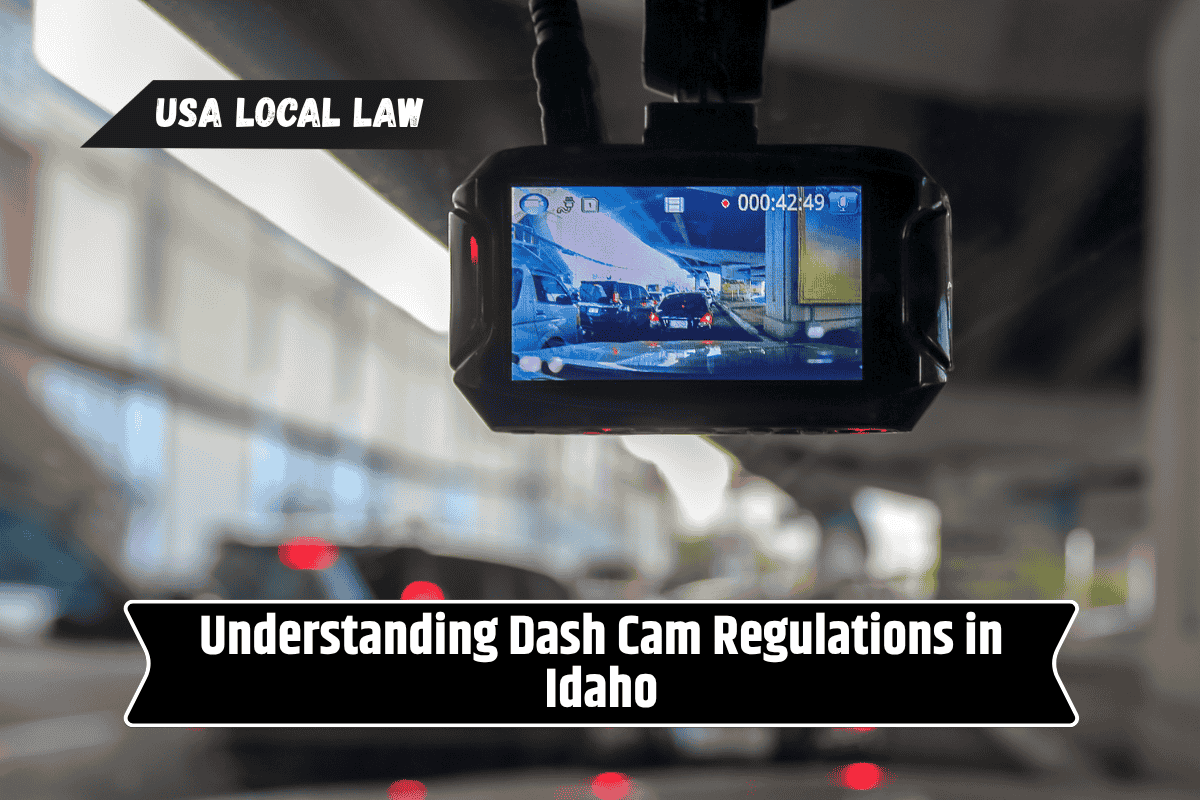Dash cams are small cameras placed inside cars to record what’s happening on the road. Many drivers in Idaho like them because they can show proof after accidents, give peace of mind, or even capture fun moments. But it’s key to know the laws.
Idaho has its own rules about recording while driving. This means knowing when it’s legal to use a dash cam, especially if it also records audio. Let’s break it down simply.
Idaho Dash Cam Laws
In Idaho, there’s no specific law banning dash cams. You can use them to record video of the road ahead. However, Idaho is a one-party consent state for audio recording. This means as long as you, the driver, are part of the conversation being recorded, it’s legal.
If someone else is talking and you are not involved, then you must get their permission before recording audio. This helps protect people’s privacy while still allowing drivers to use dash cams effectively.
Privacy and Consent
Because of one-party consent, you should think about how your dash cam records inside the car. If it records conversations between passengers, that’s allowed if the driver (who is a party to any conversation) knows it’s being recorded.
But if two passengers talk and the driver isn’t involved, they might need to agree to be recorded. To be safe, it’s good practice to let passengers know audio is being recorded or turn audio off unless needed.
Where You Can Use It
You can use dash cams anywhere in Idaho where driving is allowed. That includes city streets, highways, parking lots, and rural roads. There’s no rule against dash cams that block the windshield, so long as they don’t obscure your view.
Make sure the camera is placed where it won’t distract or block your vision. A small, neatly installed dash cam near the rearview mirror usually works best.
Tips for Safe Usage
To stay within the law and get helpful footage, here are some tips:
Keep audio off by default unless you need it for evidence.
Let passengers know the dash cam is on, especially if audio is active.
Place the camera high and centered on the windshield to avoid blocking your view.
Check your dash cam’s settings often—make sure it’s recording, timestamp is correct, and memory space is enough.
Secure wired or wireless connections safely, so roads aren’t cluttered or unsafe.
In Idaho, dash cams are legal and useful tools for drivers. Video recording of the road is fine anywhere in the state. For audio, remember Idaho is a one-party consent state—so if you’re part of the recorded conversation, you don’t need extra permission.
Still, warn others or turn off audio to be respectful. Mount your dash cam properly so it doesn’t block your view. Following these tips will help you capture important footage while staying safe and legal.
Put your dash cam in the right spot, check your settings, and use it thoughtfully. That way, you’ll be better prepared for accidents or road troubles, and you’ll know you’re following Idaho law.
